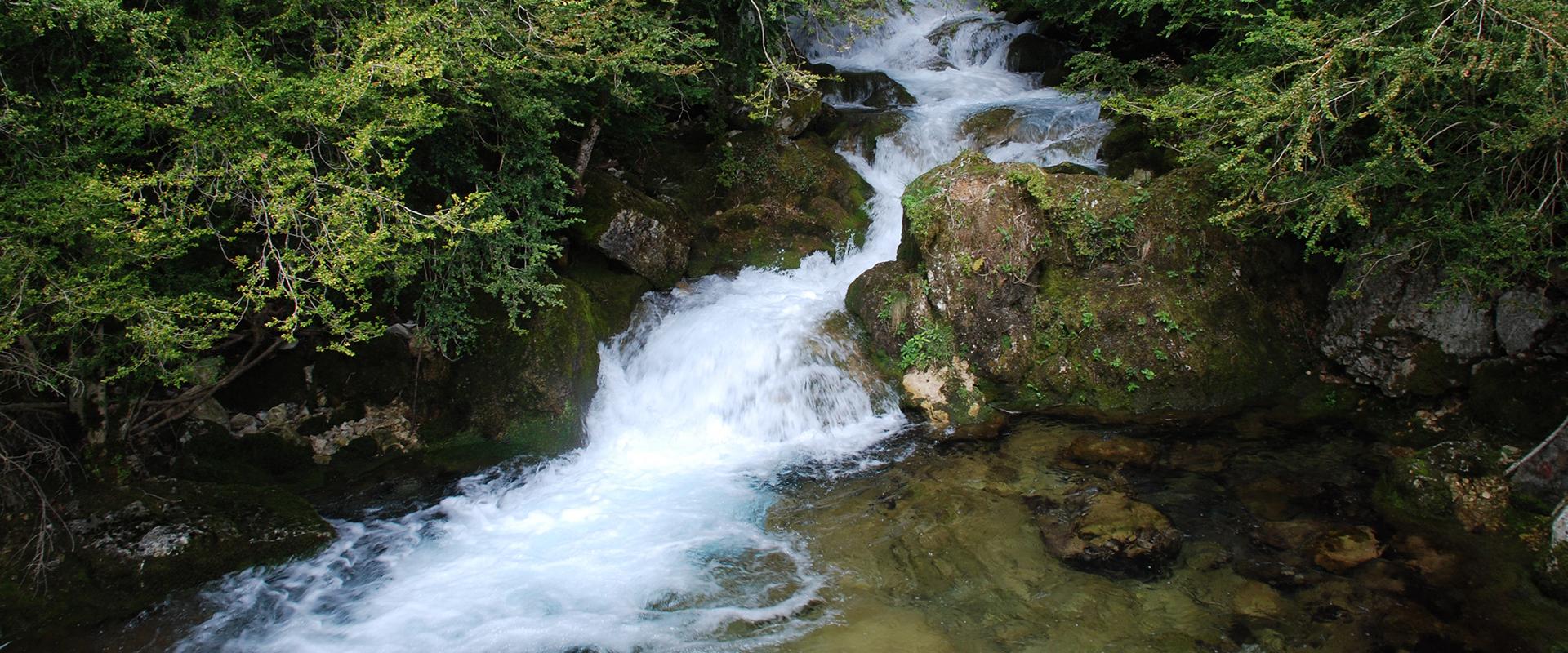Water resources: the situation in terms of quantity and quality
Transcription
Hello everyone. I'm going to talk about water resource issues. The idea is to identify the technological barriers we're facing, both in terms of the quantitative and qualitative management of water resources. Let's look at this world map: it represents total annual water resources that are renewable, per person and per year. There's a relatively important variability, with situations that can be critical in certain countries. This variability will most likely be accentuated due to both climate change and global changes from demographic pressure. For there will be increasingly strong demographic pressure. Over the last few years, we have also noticed an intensification of groundwater withdrawal. In France, we know that groundwater is primarily used to supply potable water, but in other regions, groundwater is used for other purposes. On the European level, the trend is stable and resources are optimised. If we take a look at groundwater in France, we have a large number of aquifers, or groundwater reservoirs, which vary according to the local geology. These water resources are evaluated by taking into consideration the quantity of water needed to recharge these reservoirs. We have a precise amount of water that will be able to be used in France: 168 billion cubic metres of surface water and groundwater are available. Let's take a look at the future with this map of groundwater recharge from a study by Explore 2070 on the variability and gap of this recharge between today and 2050, 2070. There will be a change that is translated by a reduced global recharge of between 30 and 20%, and which can reach, in some areas, up to over 50%. Like here, in the Languedoc-Roussillon sector. We see that we will certainly feel an impact and be subjected to variations in available water resources in the future. Concerning surface water, what might happen in the 2050s? Based on the Explore 2070 study, due to climate change, the current average annual flow could decrease by 30 to 50% in the Paris area. A decrease of 20 to 30% of average annual flows in the greater Massif Central region, with greater ones in the Adour-Garonne area. There are a number of uncertainties, but these indications already allow us to see what kind of adaptation scenarios we should consider. What will the scientific and technical barriers be on this level? In terms of forecast, the question arises of knowing whether, based on a network of data for surface and groundwater, we can represent and make forecasts. One of the issues is: how can we integrate different types of models on platforms and combine them with data? On the national scale, climatologists and Météo France know how to make models for France. This won't replace regional forecast models, which will always be necessary, but these are important elements for decision-making. We can use and valorise all the measurement points and go from a static informative hydrogeology bulletin to something like a weather forecast of groundwater in the future. Within maybe 5 to 10 years. The question of low water level support must also be taken into consideration. Work is currently underway, but we can go further. We must continue ongoing efforts, where we couple water utilisation approaches for all various uses, and also consider socio-economical aspects. An important transfer must be made concerning SmartWater schemes, which are developed within the framework of the use and management of distribution and sewage networks. A shift must occur towards the natural world and great water cycles. If we look at the status, both quantitative and qualitative, of the surface and groundwater in France, when we speak of quantity and management aspects, everyone is aware of the problems related to nitrates. We can also observe the same thing concerning pesticides and their total concentration in groundwater, which poses problems in terms of the protective measures to be developed to ensure that water returns to a good environmental state. An exceptional campaign was undertaken by the Ministry of the Environment and Onema, which BRGM also contributed to with INERIS, to determine representative water places to sample. This is an extract from the greater Bordeaux-Aquitaine region. We see points with concentrations of pharmaceutical substances. These substances are sometimes present in relatively low quantities. But there is a need for research to discover the long term effects, both the effects of transfer processes and relations with surface water and the toxicological and ecotoxicological consequences. What are our objectives in terms of water quality globally and not only groundwater? We must continue to make progress on the means of checking the efficiency of protection measures in catchment areas. Address impact pressures with transfer issues and transfer processes between surface water and groundwater, know the origin of these contaminants and the influence of climatic parameters that will come into play. We also have issues related to metrology and sensors that have already been developed, coupled with biomarkers that can be integrated to warning systems. I've mentioned mergent pollutants, and issues of restoration and environmental engineering. These are the key issues we must continue working on to understand the role of ecosystems and ecosystemic services.







